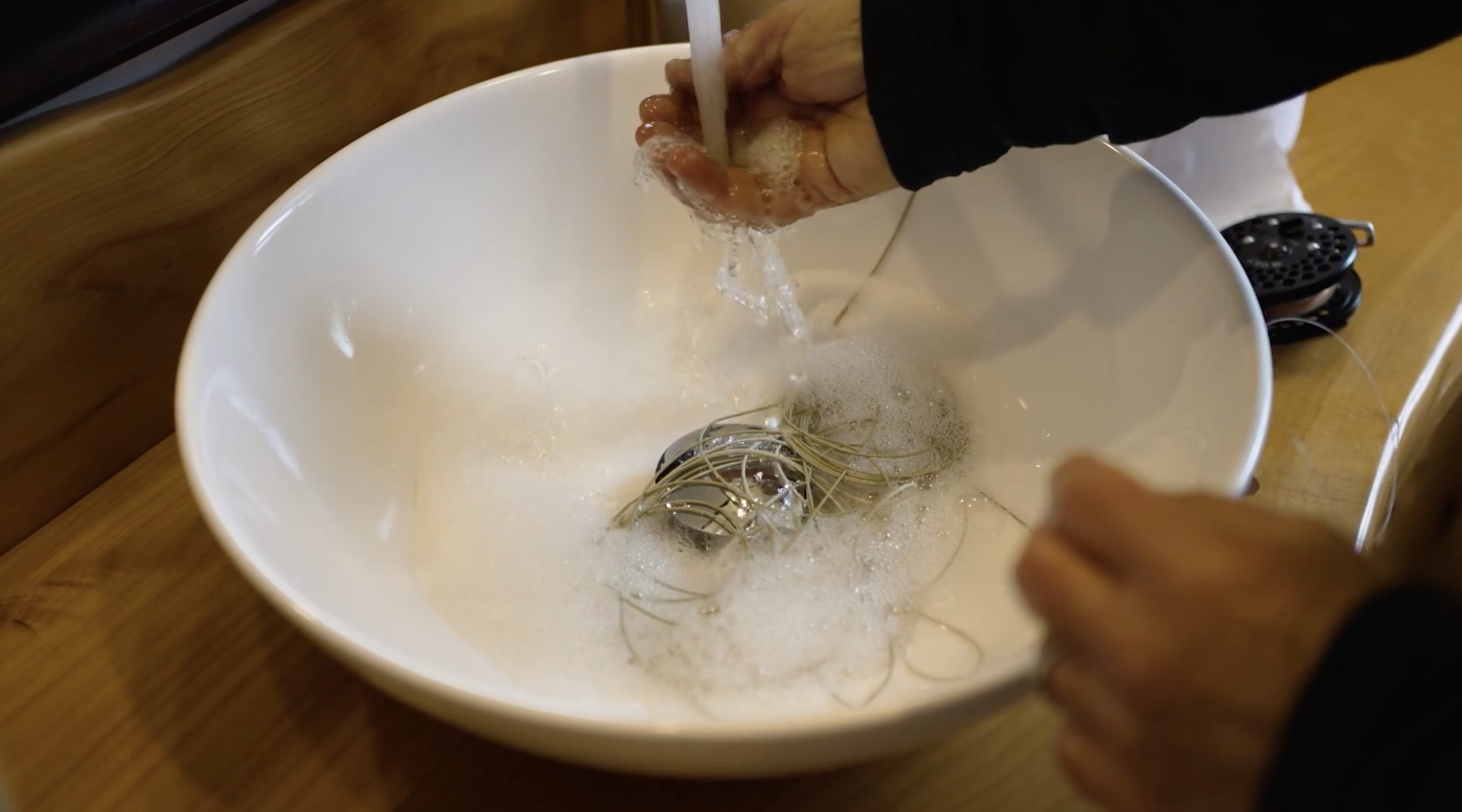In the world of fly fishing, the unsung hero is undoubtedly the fly line. The lifeline connecting angler and fish, modern fly lines boast surprising durability, capable of withstanding the rigors of the angling world. With a few simple steps, you can ensure that your fly line remains in prime condition, offering optimal performance and longevity.
The Resilience of Modern Fly Lines
Fly lines today are remarkably robust. Unless subjected to the harsh treatment of dragging through gravel or encountering abrasive surfaces like asphalt, they can endure years of use with minimal care. Understanding the inherent durability of fly lines is the first step toward appreciating their resilience in various fishing environments.
Guarding Against Solvents and Chemicals
While fly lines are resilient, it’s essential to be mindful of potential threats. Solvents found in substances like sunscreen, fly spray, and insect repellent can pose a risk to your fly line. These chemicals have the potential to compromise the line’s integrity. Exercise caution and avoid exposing your fly line to such solvents to ensure its long-lasting performance.
Proper Storage for Prolonged Life
Storing your fly line is a straightforward task that contributes significantly to its longevity. Whether wound on a reel or kept in a hot car, fly lines are not delicate entities that require special treatment. While prolonged exposure to direct sunlight may have adverse effects over an extended period, normal storage practices do not harm fly lines. Heat and cold, within reasonable limits, are not detrimental to their overall performance.
Revitalizing Your Fly Line Through Cleaning
Cleaning your fly line is a rejuvenating process that enhances its functionality. Over time, residue can accumulate on the line, affecting its casting and floating capabilities. Cleaning is a simple yet powerful remedy. To clean your fly line effectively, strip it off the reel and immerse it in warm water with a dash of dish soap. After a brief soak, rinse the line and run it through a piece of paper towel, applying gentle pressure. The residue left on the paper towel serves as evidence of the cleaning’s efficacy.

Bypassing Line Dressings for Optimal Results
Resist the temptation to apply line dressings to your fly line. While they may initially enhance performance, they eventually attract dirt and algae, diminishing the line’s effectiveness. A straightforward cleaning routine without additional treatments suffices to maintain your fly line’s peak condition.
Establishing a Cleaning Routine
Determining how often to clean your fly line depends on personal preference and fishing conditions. Some anglers opt for a post-trip cleaning ritual, while others, like the speaker in the video, may extend the intervals to a couple of months. Cleaning every four or five trips ensures that your fly line remains in top-notch shape, with more frequent cleaning advisable in muddy or dirty water conditions.
The care of your fly line need not be a complex endeavor. Embrace the simplicity of routine cleaning, avoid harmful solvents, and store your fly line thoughtfully. By doing so, you unlock the full potential of your fly line, allowing it to perform at its best, trip after trip. So, next time you hit the water, do justice to your fly line and savor the seamless connection it provides between you and the elusive underwater world.
Image/Source: Orvis





